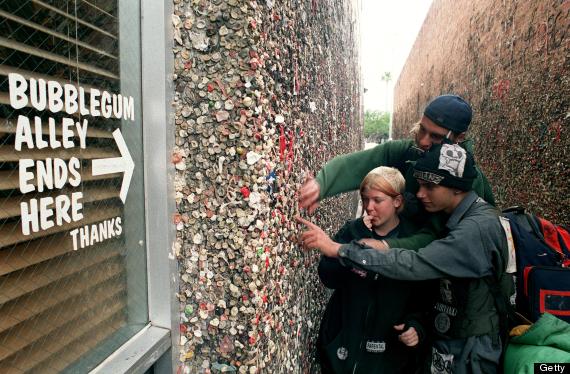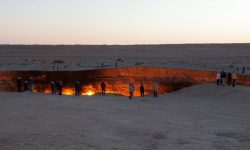
Will Pripyat ever recover from Chernobyl’s disaster?
You’ve most likely heard of the Chernobyl disaster that struck within Ukraine over 30 years ago. It’s said to be the worst nuclear disaster that we’ve ever seen.
It made quite the impact on its surrounding environment and residents, leaving behind sickened soils, illuminated foliage and ghost towns, most famously of which includes the city of Pripyat.
The image it paints in your head is likely something you’d expect from an apocalyptic movie or game. However, this is very real and is only a minor example of the kind of destruction that we could cause globally if we continue to be so careless.
With such an instantly catastrophic result, it also raises a question – will this land ever be habitable ever again? Will we ever see surviving residents of Pripyat reclaim their old homes?
Disaster
Before we press on let’s just remind ourselves of what exactly happened in the early hours of April 26th, 1986.
The Chernobyl Nuclear Power Plant was designed and built during the 70’s and 80’s, with a nearby man-made reservoir fed by the Pripyat river to provide cooling water for its reactor.
It is located 81 miles north of the city of Kiev and 12 miles south of the border to Belarus, with its nearest city being the newly-built Pripyat – home to 50,000 people.

Tourists visiting an abandoned Swimming pool in Pripyat.
Second Explosion
Seconds later, a second explosion brought down the entire reactor building, scattering parts of the reactor everywhere and starting a lot of intense fires.
Several plant workers died attempting to contain any radiation leaks and fires. Knowing full well the amount of radiation they were exposed to would be their demise, there are considered heroes.
Authorities immediately ordered residents of nearby and newly-built city Pripyat to evacuate. Most were already suffering side effects of radiation sickness such as vomiting and headaches.
Residents were told to leave behind all belongings – including pets – and to come back for them later. Obviously, that never happened.
Current Situation
According to Glynn, popular culture finds ways to make Pripyat seem exciting since the disaster. 2007’s Call of Duty 4: Modern Warfare use it as a bad guy convention for Russian Spetsnaz terrorists in a 90’s flashback. This hasn’t happened for real though.
Straight after the disaster, high levels of radiation would have made it extremely difficult to survive. Only ravenous and abandoned pet dogs would keep you company. That is if they haven’t already decided to make you their meal.
Isotopes have been coated across miles of northern Ukraine, poisoning forests, swamps and lakes. This resulted in an exclusion zone, patrolled by armed guards.
Today isn’t drastically different. Any surviving feral pets have been taken care of and it is possible for tourists to visit Pripyat as part of an “extreme tour“.
The natural process of radioactive decay has removed some toxic particles from the environment. Only a few effects from the radiation are taking place, such as stunted tree growth.
Sightings of animals including wolves, deer, lynx, beaver, eagles, boar, elk and bears have been documented to thrive around the dense woodland near the silent plant.

A rather sinister display of gas masks, left behind in Pripyat.
Protection
As of the 29th November 2016, a giant shelter now covers the site of the reactor. The largest land-based moving structure, it measures 500 feet in length and 350 feet high.
Designed more than two decades ago, the structure began its inception in 2010 – intended to cover the current deteriorating steel and concrete sarcophagus.
With a lifespan of 100 years – 300 at a push – the shelter will prevent any spewing of additional toxic material from the reactor’s core.
It has cost well over $1.5 billion, with many western countries, Ukraine and Russia each contributing.
A Possible Return Home?
Surviving citizens of Pripyat raise the question on whether they’ll be able to return home. Realistically, the answer is they most likely won’t.
Nature is making a comeback with trees thriving through the buildings. Populations of wildlife are making their way into the woodland and roaming the streets of abandoned towns. However, it still isn’t completely safe for human habitation.
Long-lived radiation surrounding the former plant could take as long as 20,000 years to completely disappear. A time frame so large, humans as we know may become extinct long before then.
It doesn’t seem likely right now.
However, it’s possible that Chernobyl’s surrounding area could become habitable again.
Sources: Livescience, NY Times, Wired

















Follow Us